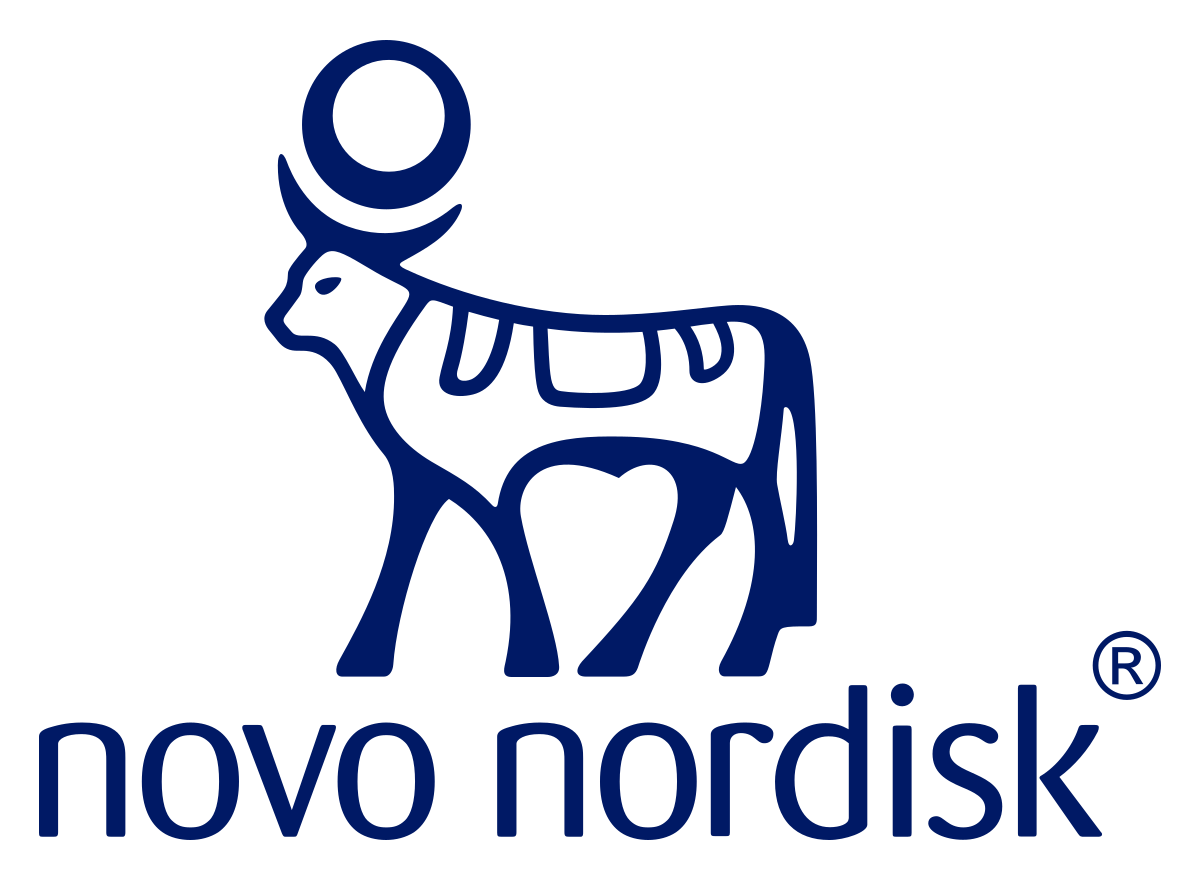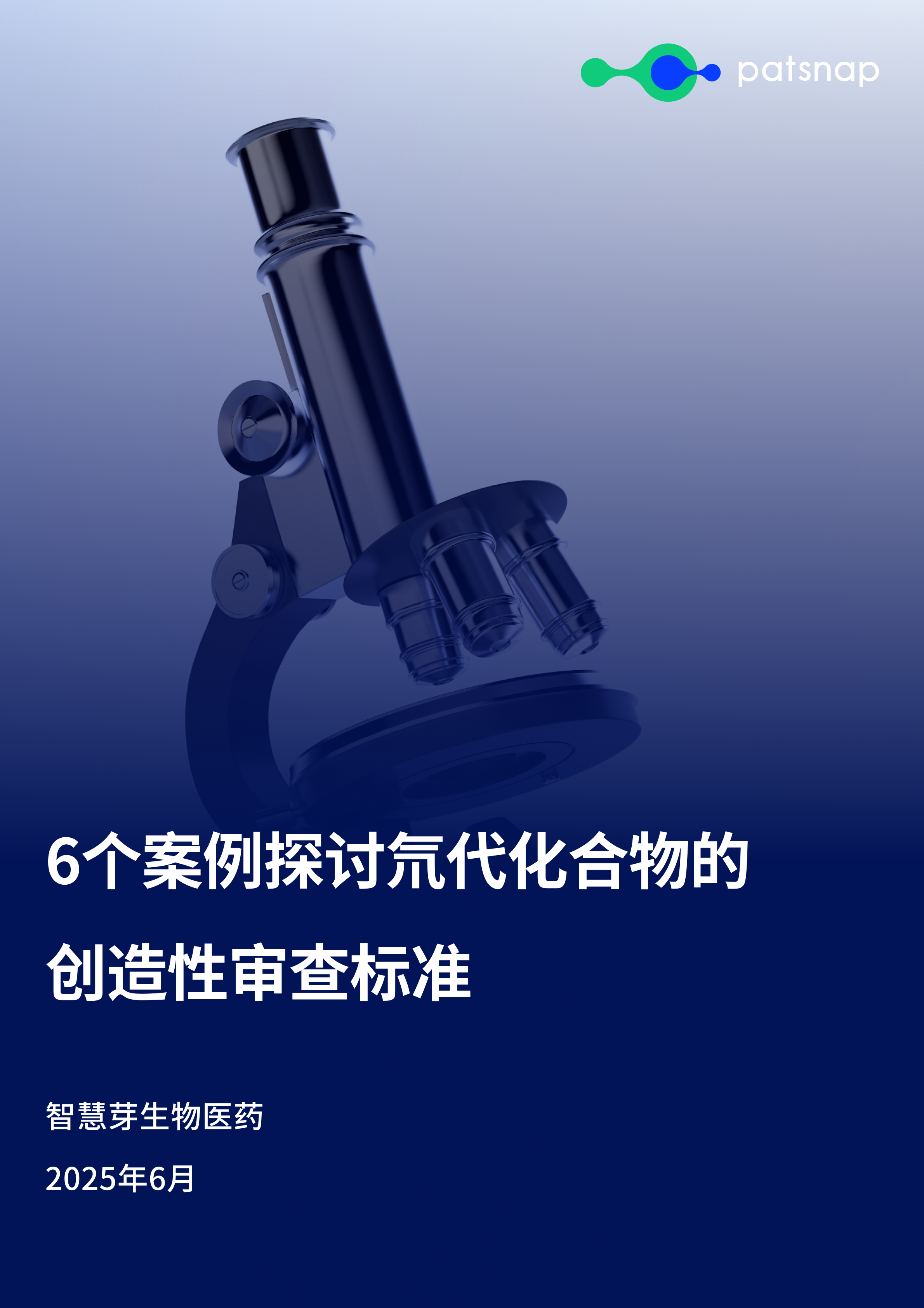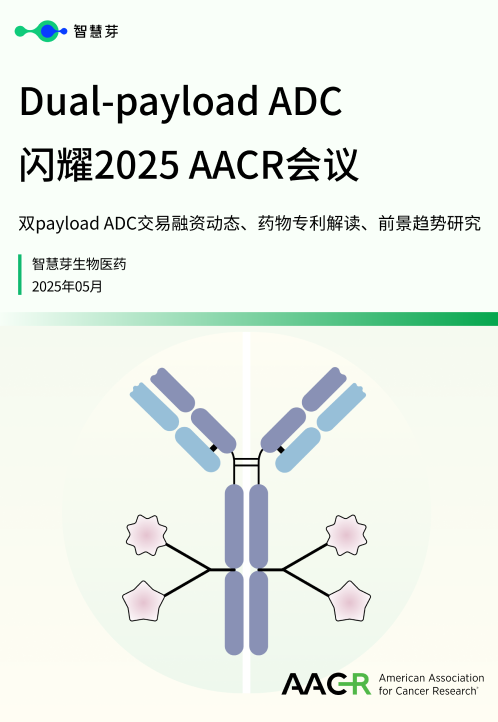预约演示
New CKD drugs are promising, but need stronger efficacy data, kidney docs say: GlobalData
2024-06-26
临床结果上市批准细胞疗法
In total, the chronic kidney disease market is forecast to balloon in size from $2.2 billion last year to $13.5 billion by 2033, during which time a range of new treatments are on track to make their debuts.
Though a host chronic kidney diseaseer development are poised to massively expand the existing market for chronic kidney disease (CKD) treatments, they’ll need to go further to win the support of doctors, according to a new report.
The segment is expected to expand at a compound annual growth rate of nearly 20% over the course of a decachronic kidney disease (CKD)s estimates. The report comprises the seven major markets of the U.S., France, Germany, Italy, Spain, the U.K. and Japan, though GlobalData noted that the U.S. will be a disproportionately large contributor to that growth, thanks to its higher prevalence of CKD and costs of prescription medications.
In total, the CKD market is forecast to balloon in size from $2.2 billion last year to $13.5 billion by 2033, during which time a range of new treatments are on track to make their debuts.CKD
Among those noCKDn development are ProKidney’s cell therapy rilparencel, also known as React, and AstraZeneca’s combinations of zibotentan and dapagliflozin, and balcinrenone and dapagliflozin—all of which are currently in clinical trials. Meanwhile, Novo Nordisk is also exploring a potential expanded indication for Ozempic in CKD.
Just last month, Novo shared resultProKidneys FLOW study of rilparencel Ozempic’s ability to reducAstraZenecaof major kidney diszibotentans in dapagliflozin both balcinrenone 2 didapagliflozinNovo NordiskOzempicCKD
With a median follow-up period of nearly three and a half years, the stuOzempicd that participants treated with the GLkidney diseaserage 24% risk reduction comparCKDto thType 2 diabetes the placebo group, and their rate of kidney function decline was “significantly slower.” Additionally, semaglutide was shown to reduce the risk of major cardiovascular events by 18% and all-cause mortality by 20%.
Following that data drop, Novo confirmed that it will pursue expanded approvals for Ozempic in the U.S. and Europe bGLP-1 end of this year.semaglutide
Despite the promising results from the studies of those and other potential new CKD Ozempicutics so far, according to GlobalData, many kidney doctors have yet to be convinced to shake up their existing CKD treatment standards and have “mixed views” about tacking on another drug to their patients’ current regimens.
“It will be easier for new drug entrants to capture CKD market share if they offCKDa novel mechanism of action or help to improve compliance,” Kajal Jaddoo, senior pharma analyst at GlobalData, said in CKD report. “Overall, nephrologists surveyed by GlobalData have indicated that the pipeline for CKD is somewhat promising, but a significant improvement in efficacy would have to be demonstrated by any therapy for it to become either a replacement or add-on to the existing therapies.”
更多内容,请访问原始网站
文中所述内容并不反映新药情报库及其所属公司任何意见及观点,如有版权侵扰或错误之处,请及时联系我们,我们会在24小时内配合处理。
靶点
-药物
Eureka LS:
全新生物医药AI Agent 覆盖科研全链路,让突破性发现快人一步
立即开始免费试用!
智慧芽新药情报库是智慧芽专为生命科学人士构建的基于AI的创新药情报平台,助您全方位提升您的研发与决策效率。
立即开始数据试用!
智慧芽新药库数据也通过智慧芽数据服务平台,以API或者数据包形式对外开放,助您更加充分利用智慧芽新药情报信息。





